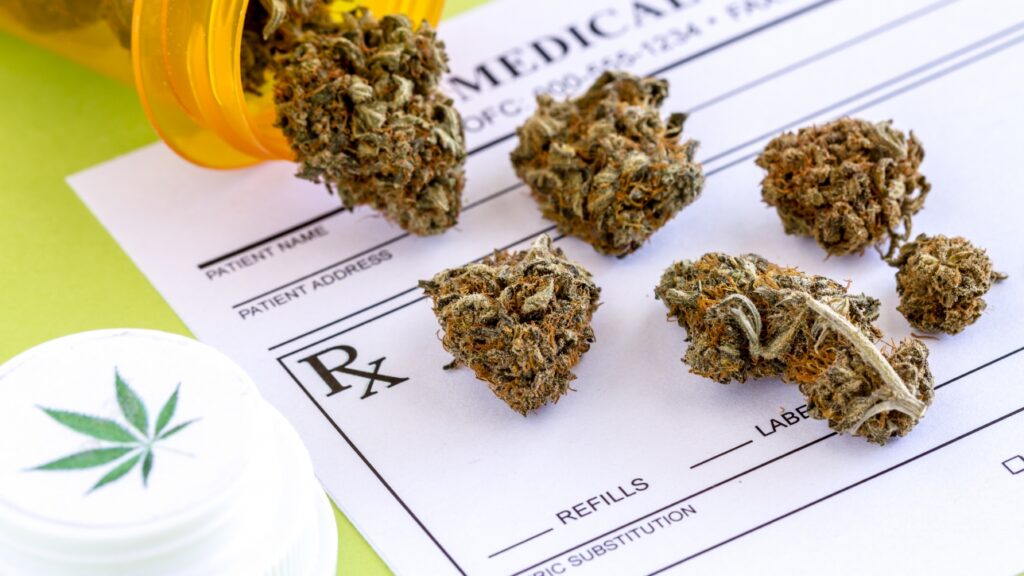A study published today by PLOS One found that patients prescribed medicinal marijuana experienced sustained improvements in their overall health-related quality of life, fatigue, sleep, anxiety, depression, and pain over the course of a full year.

The study, published as part of the QUEST Initiative and conducted by researchers at the University of Sydney, Curtin University, and the University of Western Australia, followed 2,353 adult participants who were newly prescribed medicinal cannabis oil over a 13-month period. The participants, identified by 114 clinicians across Australia, completed validated health surveys at baseline, 2 weeks, and at regular intervals up to 12 months. Patients ranged in age from 18 to 97, with an average age of just over 50. Women made up approximately 63% of the sample.
Researchers found that “Statistically significant and clinically meaningful improvements in overall HRQL (health-related quality of life), fatigue, and sleep disturbance were maintained over 12-months in patients prescribed medical cannabis for chronic health conditions.”
Anxiety, depression, insomnia, and pain also improved over time for those with corresponding health conditions.
The study builds on earlier results that had found patient-reported outcomes improved within the first three months of starting medicinal marijuana. These new long-term results show that those initial improvements were largely maintained through the 12-month mark.
Among the most common conditions treated with medical cannabis in this study were musculoskeletal pain (38.1%), neuropathic pain (23.2%), insomnia (23.2%), anxiety (22.1%), and mixed depressive and anxiety disorders (11.2%). Participants showed statistically significant and clinically meaningful improvements across multiple measures of well-being.
For example, the study reported a moderate to large effect size in HRQL outcomes, including a Cohen’s d of 0.52 on the EQ-5D-5L index and 0.91 on the QLQ-C30 summary score, both standard instruments used to evaluate quality of life. Patients also reported reduced fatigue (d = 0.51) and better sleep quality (d = 0.76) using the PROMIS assessment tools.
Participants with chronic pain diagnoses experienced significant reductions in pain intensity and interference, with effect sizes of 0.76 for both PROMIS pain intensity and pain interference. Improvements were also reported on the QLQ-C30 pain subscale (d = 0.5).
Mental health outcomes improved as well. For patients diagnosed with anxiety or depressive conditions, there were clinically meaningful reductions in anxiety (d = 0.69) and depression (d = 0.65) according to the Depression Anxiety Stress Scales (DASS).
Researchers conclude the study by stating:
Long-term findings over 12-months indicate patients prescribed MC in practice have improved HRQL and reduced fatigue. Patients with anxiety, depression, insomnia, or chronic pain diagnoses also improved over 12-months in condition-specific symptoms. We did not find conclusive evidence of motor function improvement in patients with movement disorders. Patients exclusively treated for generalized anxiety, chronic pain, insomnia, and PTSD, all showed improvements in HRQL. The findings from this study contribute to the emerging evidence-base to inform decision making both in clinical practice and at policy level.







